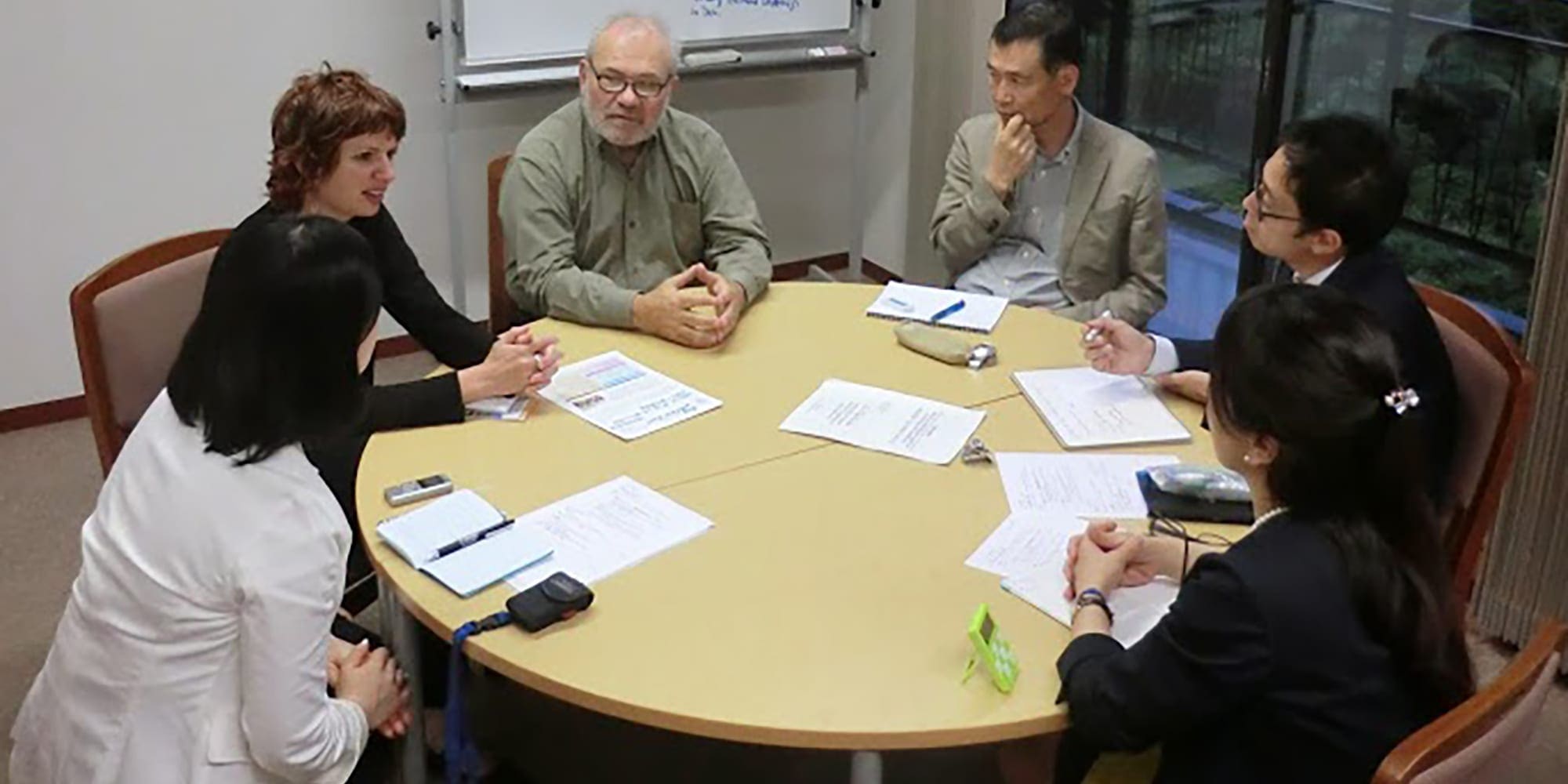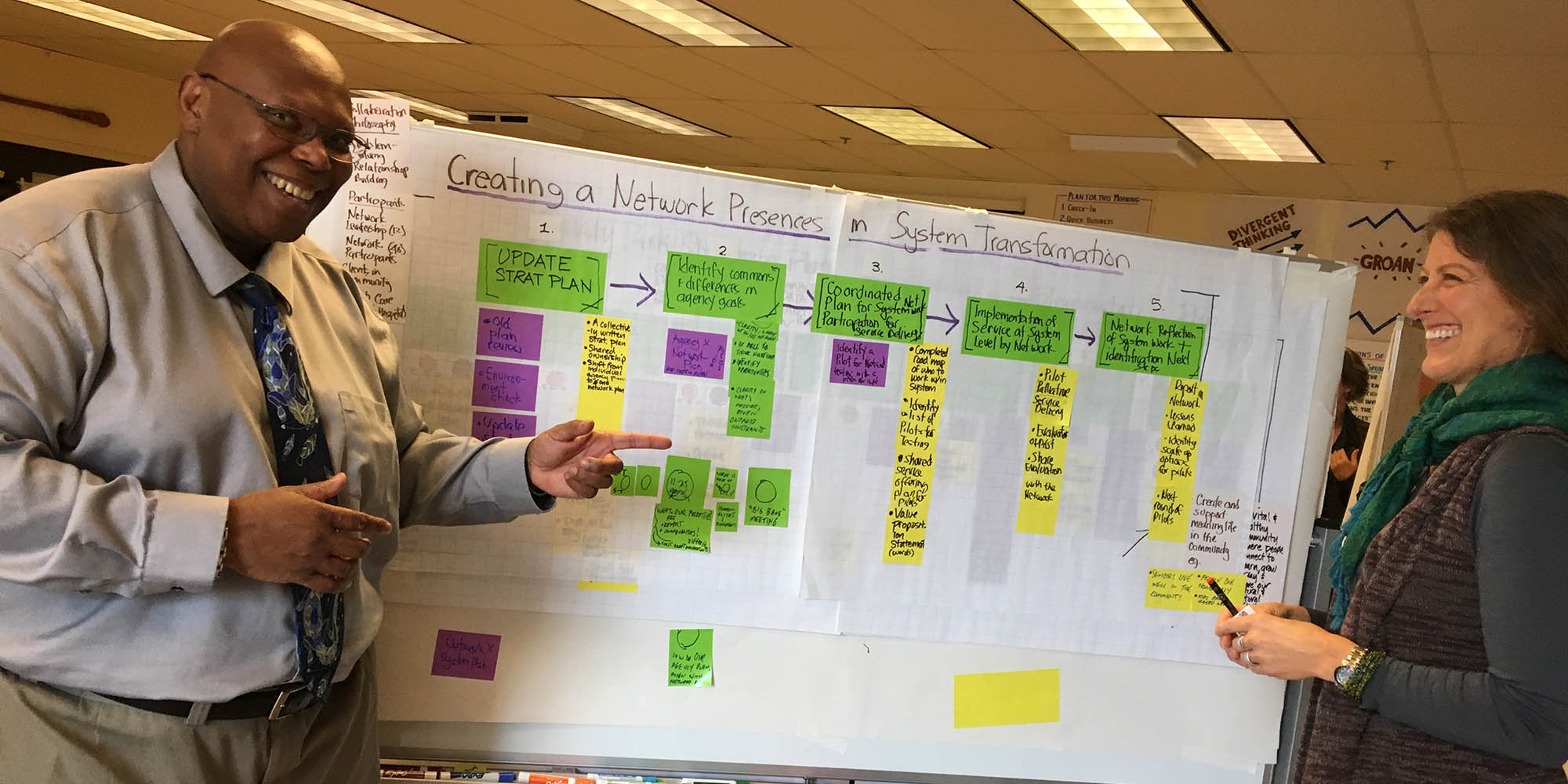Supporting Groups
To Do Their Best Thinking
Authors of The Amazon.com Best-Seller

Many leaders in the field of professional facilitation are on record affirming the influence of this ground-breaking book.
Why is this? What makes this book so special?
First, the material is practical. It contains hundreds of pages of tools and techniques, all presented clearly, logically and with precision. For example, the chapter Facilitative Listening Skills contains 23 pages of well written advice on technique, judgement and timing. For a free copy (PDF) of this chapter, .
Second, the conceptual framework rings true, and it is presented in a way that’s deeply satisfying to readers. The models offer insight after insight about the key processes that determine success — such as goal-setting, communication dynamics, energy management, and group-decision-making.
Third – and most important – this book is meant as a call for action. To think together, especially in groups with divergent perspectives, people need competencies not just good intentions. Knowing how to encourage full participation and build mutual understanding, especially across interpersonal divides, is a prerequisite for collaboration. Finding inclusive solutions and creating realistic strategies takes perseverance, which in turn requires skill — not just rhetoric and charisma. The authors feel strongly that learning to work together is one of the most crucial challenges facing all of us, as citizens of this planet.
Noteworthy reviews from leaders in business and public service organizations
Other books from Community At Work
Putting Participatory Values
Into Practice
We Offer Services In Three Contexts
Team
Development

What are the indicators
of dynamic, successful teams?
- Everyone knows how decisions are made.
- Goals are clear and supportable.
- Agendas are realistic and well designed.
- Team communication is respectful and supportive.
- Tough discussions are facilitated skillfully.
- The process for entering or exiting a group is informed by principles of group development.
- Information is transparent and accessible.
- The group has tools for resolving conflict.
- Professional development is encouraged and opportunities are made available.
- The practice of continuous improvement is integrated into the group’s routines.
- Results are valued and celebrated.
- Can we help strengthen YOUR team(s)?
Organization
Development

What are the characteristics
of a healthy human system?
- The mission is inspiring, and the core values are authentic.
- Fiduciary roles are performed with integrity.
- Strategies are bold and well-reasoned.
- The culture fosters dignity, meaning and community.
- Talent is valued, cultivated and nurtured.
- There is a coherent philosophy of authority, responsibility and accountability.
- Cross-functional capabilities are designed into the system.
- Transitions are managed realistically and with foresight.
- Adaptive planning and continuous improvement are standard practices across the organization.
- Can we help YOUR organization prosper?
Cross-Sector
Collaboration

What design principles lead to
successful cross-sector initiatives?
- Recruit extensively for diverse perspectives.
- Promote dialogue among competing agendas.
- Make the aspirational logic compelling.
- Establish a grounding strategy early, and refine it collaboratively over time.
- Use a decision-making process appropriate for networked authority (not hierarchical).
- Differentiate sponsorship from governance.
- Establish reliable backbone operations.
- Promote a bias toward transparency.
- Regard capacity-building as a necessity.
- Accept the inevitability of setbacks.
- Avoid over-reliance on arbitrary deadlines.
- Differentiate between progress indicators and outcome measures, and track both.
- Can we help design YOUR initiative?
If you’d like to discuss
Consulting, Facilitation and Coaching Services click here
Training and Presentations click here